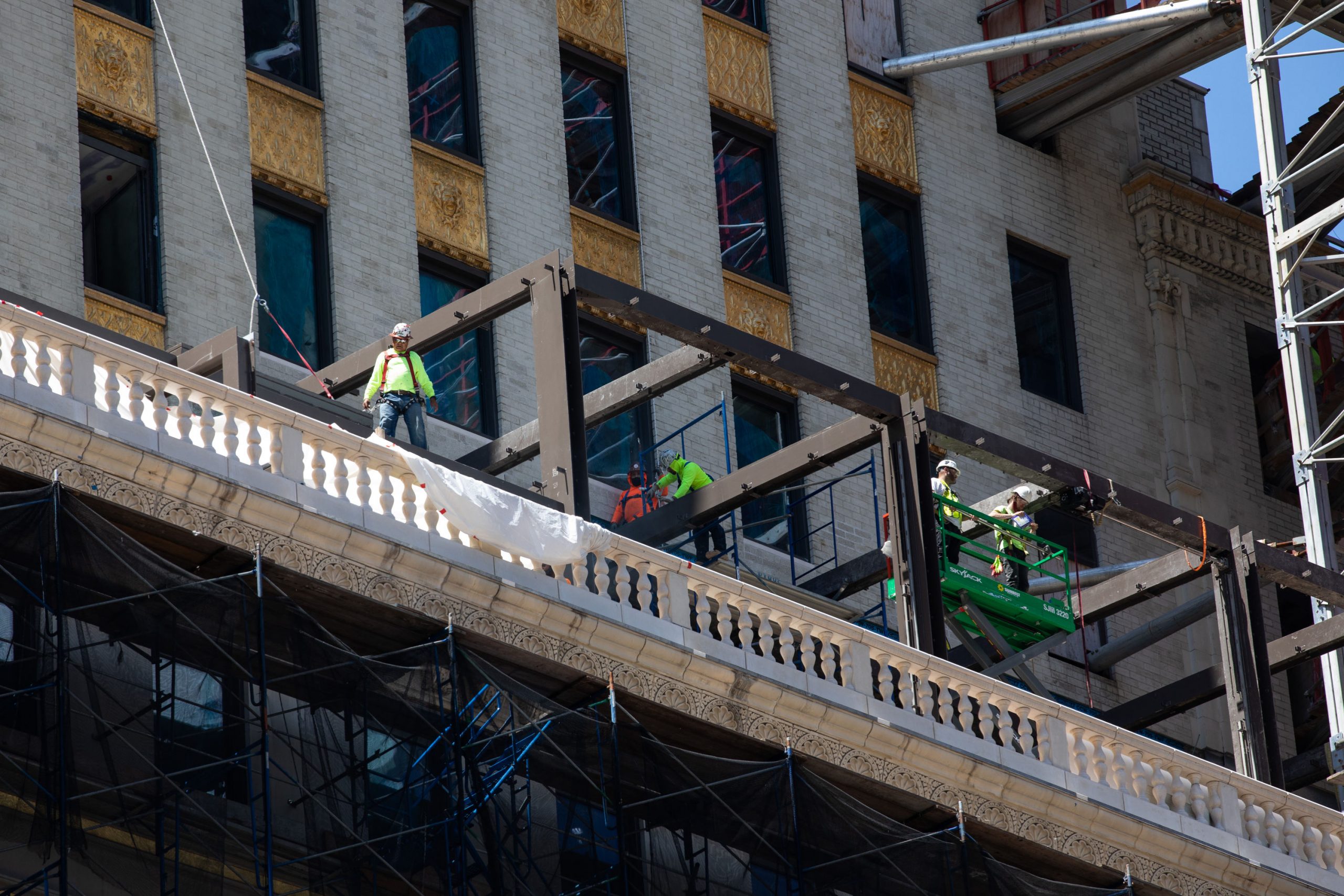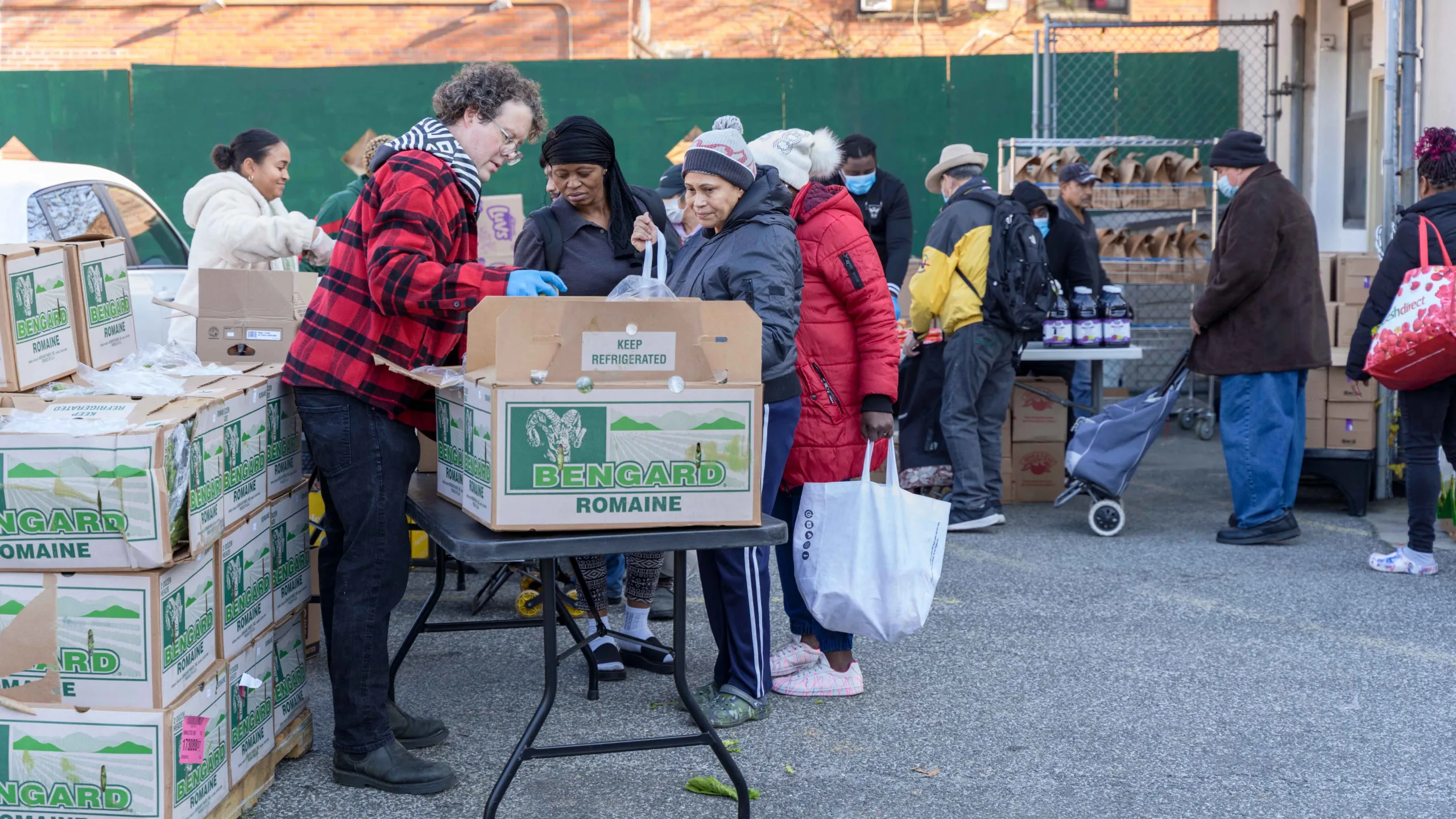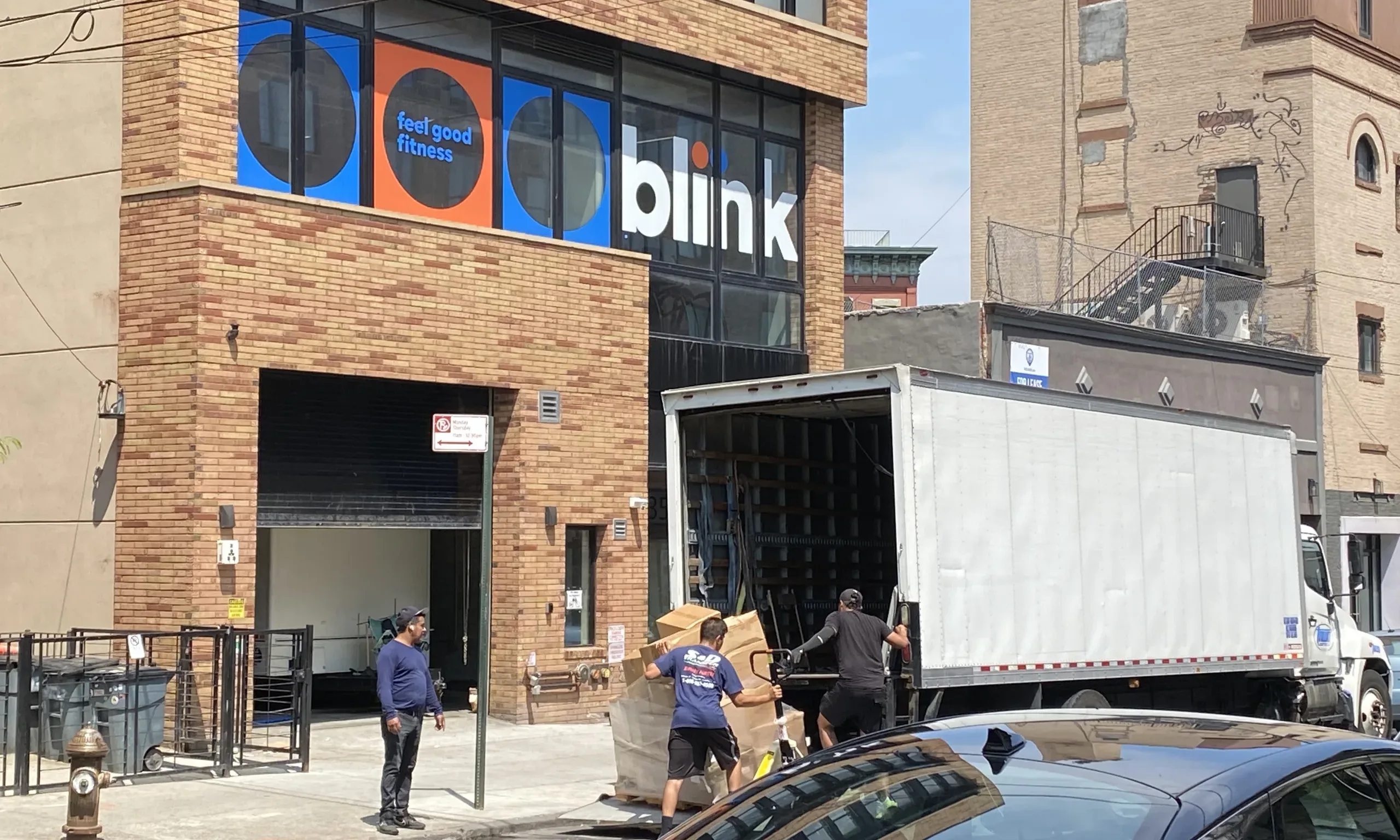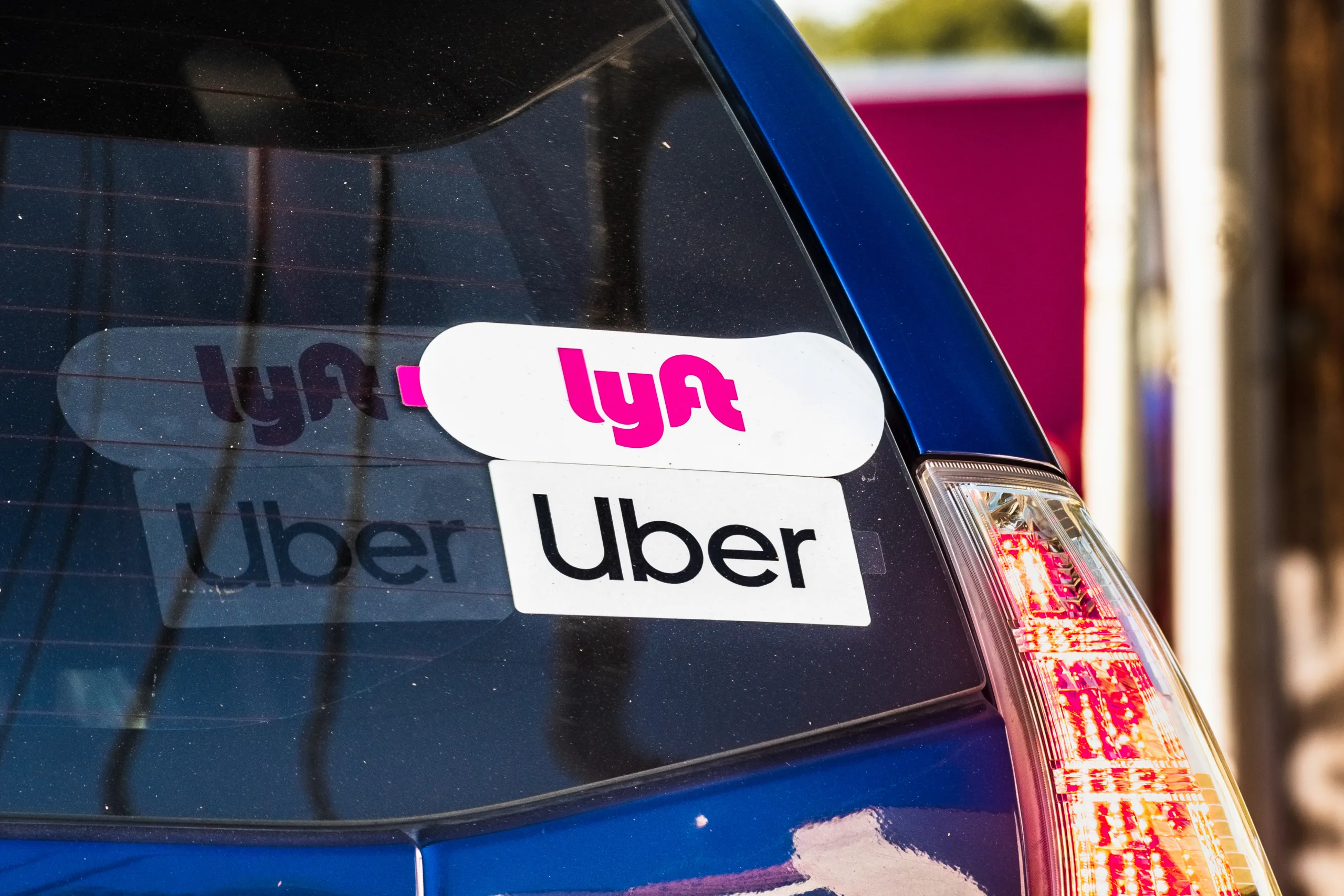Immigrant workers across the country are at risk of losing an important tool that could make their workplaces safer.
In February, the U.S. Occupational Safety and Health Administration (OSHA) issued a final rule that would allow both union and non-union workers to select a representative from a workers’ center, a labor union, an attorney, or any representative they choose, to accompany OSHA inspectors during worksite safety inspections.
Also Read: New OSHA Rule Could Allow Workers to Bring Advocates Onto Work Sites
But the rule has powerful opponents; on May 16, Illinois Representative Mary Miller (R), with the support of 25 Republican representatives, introduced legislation to nullify the OSHA walkaround rule.
“The Biden administration’s continued regulatory encroachment in the workplace bogs down American employers with more red tape and hinders the advancement of free enterprise in our country,” she said in a statement. “Joe Biden’s government wants to control every aspect of American taxpayers’ lives, including in the workplace.”
One of the bill’s co-sponsors is Representative Virginia Foxx, who chairs the powerful Education and the Workforce Committee, which holds jurisdiction over labor unions. Foxx, a Republican, is notorious for her anti-immigrant and anti-union stances.
Industry groups also joined in on criticizing the rule. On May 17, a day after the bill was introduced, the Coalition for Workplace Safety (CWS), a group made up of industry associations and employers, along with 58 pro-business organizations, drafted a letter to members of Congress, urging them to support a resolution to nullify the OSHA rule.
The letter argues that the rule would open workplaces to third parties who are attempting to “harm employers” as well as involve OSHA inspectors in the labor disputes between employers and unions. They also argued that the new rule would, in fact, make workplaces less safe because OSHA inspections would be diverted from implementing federal safety standards, and instead be co-opted by the agenda of third-party actors.
“It gives workers an opportunity to speak truth to power about the conditions of a worksite,” said Jessica Martinez, co-executive Director of the National Council for Occupational Safety and Health. “Having a trusted rep selected by the workers themselves makes a huge difference when a government inspector is on sight.”
OSHA, which has jurisdiction over most private sector employees, as an agency is critically underfunded and under-resourced, with only 1,875 OSHA inspectors to inspect over 11.5 million workplaces. According to data from the AFL-CIO, that’s one inspector for every 80,014 workers and just barely enough for inspectors to visit a workplace once every 186 years. The current OSHA budget amounts to merely $3.93 for every worker.
Martinez, says that the shortage in OSHA inspections is made worse by the lack of bilingual inspectors, who could speak to the workers in their native language. She believes that the new rule is a major step in addressing the plight of immigrant workers because it can bridge the language gap between OSHA and workers by having a third party present.
“If you have a workforce that is majority Spanish-speaking, Creole-speaking, and you don’t have any inspectors that can communicate in the language of the workforce, that is a problem,” she said. “Immigrant workers work in some of the most hazardous, dangerous, and dirty industry jobs in this country. So, if you have inspectors that can’t communicate, all you are doing is fortifying these bad industries.”
Also Read: Immigrant Construction Workers Secure Victory in 4-Year Battle for Improved Workplace Safety
In addition to attempting to halt OSHA’s walkaround rule through the legislative process, other groups are attempting to stop it through the courts. On May 21, the U.S. Chamber of Commerce and a coalition of business groups filed suit in a Texas federal court against OSHA. The lawsuit essentially argues that OSHA’s rule is tantamount to government overreach and violates employers’ property rights.
“OSHA’s new walkaround rule is the Administration’s latest regulation to take a ‘whole-of-government’ approach to promoting unionization at all costs,” said Marc Freedman, vice president of the Chamber’s Employment Policy Division in a statement.
Jessica Maxwell, Executive Director of the Workers’ Center of Central New York, finds the opposition to the new rule disingenuous.
“Employers get together to try to stop anything that will hold them accountable that might affect their bottom line,” she said. “It’s pretty balanced and gives the same right to both sides so it’s a little hard to see where there could be a complaint about this.
Maxwell believes that the new rule would only give workers more agency in the workplace.
“Having input from the workers who are using that worksite on a daily basis is critical to the process.”
TestPost3
Jessica Martinez, says the new rule could benefit both workers and employers.
“What we’re saying is this is a win-win for all. With the walkaround rep, we will have a better understanding of issues of the worksite and it allows for the employer to make those corrections at the worksite.”
But the opposition from businesses only indicates to Martinez that they have something to hide.
“What is the fear from industry?” she said. “If you have safety programs in place and you are being compliant why push back for the walkaround rep? The only thing I can think of is they are not complaining or you’re more prone to retaliate against workers.”












